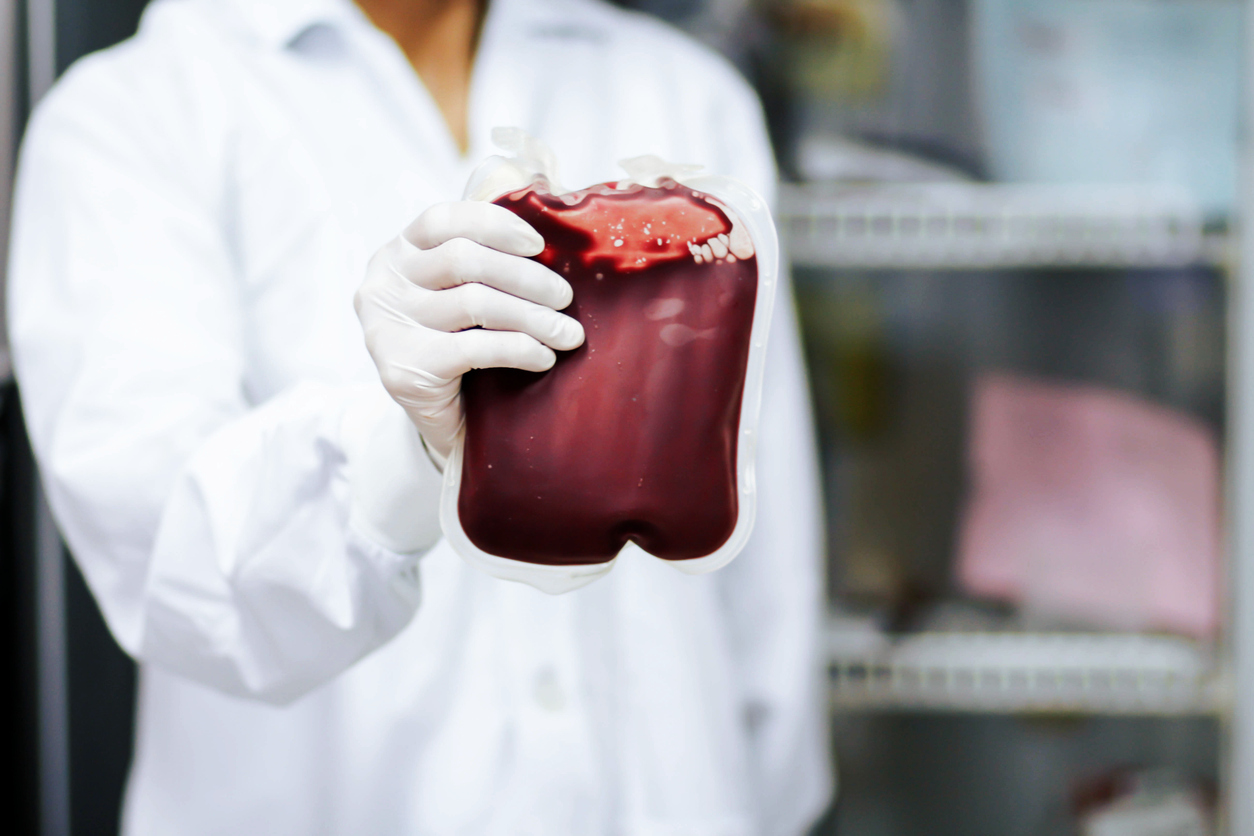Leukopak Cell Washing
Updated on Apr 7, 2025 Share
Cell washing is a crucial technique used in both clinical and research settings for various biomedical applications. When trying to produce a pure, isolated population of cells via leukopak processing, cell washing is typically the first step. It removes unwanted cells and other contaminating material, such as proteins and platelets, leaving the apheresis product ready for high-precision cell separation. This enables the isolation of a pure population of cells, which can then be used for further downstream applications, such as flow cytometry, cell culturing, and molecular assays.
How Do I Wash a Leukopak?
A leukopak is an enriched apheresis product containing a concentrated collection of leukocytes. Along with this high concentration of leukocytes, there are residual red blood cells and platelets not separated during leukapheresis. Leukopaks also contain a high concentration of peripheral blood mononuclear cells, or PBMCs. Fresh leukopaks require immediate washing, whereas frozen or cryopreserved leukopaks can last months until use, which is optimal for large-scale research with leukopaks.
Leukopak Cell Washing Protocol
Cell washing begins with the addition of a buffer solution like phosphate-buffered saline with fetal bovine serum to dilute the cell solution. After dilution, the sample is spun in a counterflow centrifuge, causing the cells to pellet at the bottom of the tube. The supernatant above the pellet is removed carefully, to not disturb the pellet of fragile cells, and the pellet is resuspended in any preferred fresh buffer solution. This process can be repeated several times to minimize unwanted contaminants.
Akadeum Washes Cell Samples Before Isolation
Cell Washing Improves Cell Separation Results
Unwanted contaminants in a leukopak solution can complicate cell isolation and affect the end-product quality and performance in various testing procedures. Cell washing eliminates these unwanted substances, leaving behind a higher-quality cell sample.
Due to their higher density, red blood cells pose a challenge when separating from solutions using conventional cell isolation techniques. By performing cell washing steps, debris and unwanted cell types can be removed to improve the quality and purity of the isolated white blood cells.
Unwashed Samples Can Cause Issues
Bypassing cell washing steps can negatively affect cell isolation and other downstream applications. Leukopaks contain red blood cells, plasma, platelets, and white blood cells, and can potentially interfere with proper cell isolation and study. Red blood cells can cause clogging of valuable flow cytometry instruments and other testing machinery, confounding the detection of specific cell markers. Additionally, unwanted contaminants found in residual traces in leukopak material, such as platelets or cellular debris, can impair the function of fragile cells of interest during isolation and negatively impact cell viability and functionality.
Alternative Methods of Cleaning Cell Samples
Akadeum offers buoyancy-activated cell sorting, or BACS™, microbubble-enabled solutions that ensure superior cell isolation, final yield, and quality. These solutions are compatible with upstream cell washing of leukopak material. By depleting dead cell debris and red blood cell contamination, Akadeum provides simple and effective cell isolation solutions, ready for many downstream applications.
By targeting the red blood cells directly—as opposed to conventional washing—the Akadeum line of isolation kits for leukopaks reduces cell sample contamination without causing excess damage to the fragile cells of interest.
Ensure clear and accurate test results by eliminating the dead cell and debris from your cryopreserved leukopak material using Akadeum’s Dead Cell Removal Microbubble Kit. Dead cells and debris can conflict with cellular isolation protocols by releasing various intracellular components, such as nucleic acids and proteins, which interfere with isolation purity and downstream analysis performance.
See How Akadeum’s Technology Can Benefit Your Cell Separation Operation
Explore our innovative solutions to address leukopak contamination and optimize cell isolation. Sample preparation is one of the most crucial steps in cell processing, integral to anyone following cell analysis procedures. Akadeum’s microbubble technology gently sorts through cells and contaminants, removing unwanted particles and leaving the desired cells unharmed. After the pure cell population has been isolated, target T cells using the Akadeum Human T Cell Isolation Kit.
Contact Akadeum today to discover which population purification tools are right for you!





